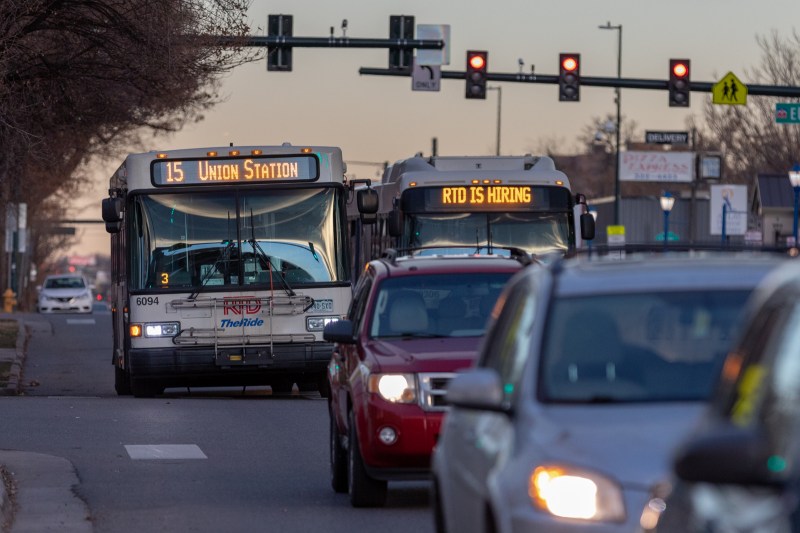RTD is in Crisis: Part 1
It’s time for the governor and legislature to step up

This is the first in a three-part series about the crisis at RTD and how the governor and state legislature should fix it.
- Part 2: RTD in Crisis: A Failure of Leadership
- Part 3: Here how to fix RTD
People in the Denver Metro are ditching public transportation as a growing list of problems at the Regional Transportation District have become a full-blown crisis. Now is the time for Gov. Jared Polis and state legislators to own up to their role in the agency’s problems — and step up to offer help.
In 2018, 6 million fewer trips happened on Regional Transportation District buses and trains than in 2014. The decline in ridership continued in 2019, according to the agency’s reporting.
Many former transit riders moved into private cars and SUVs, cramming more vehicles onto roads already congested after Denver’s population grew by 20 percent over the last decade.
When you consider Denver’s goal to ease traffic congestion and cut greenhouse gas emissions by reducing the number of trips where people drive alone, RTD’s falling ridership should be seen as an urgent failure. Especially knowing that use of public transportation is growing in cities around the world, including in Portland, Seattle and Salt Lake City.
RTD’s riders can’t be blamed for finding other options.
They have been left waiting for vehicles that never arrived as the agency’s drivers quit their jobs faster than they can be replaced. RTD has repeatedly been forced to cut service, which has made the system less useful to the people who want to use it. The agency charges some of the highest fares in the country. And a discount program used by many thousands was replaced with a new system so confusing and complicated that only 2,767 people have successfully signed up since July.
RTD’s leaders also refuse to consider critical ridership information that could make the system more useful to larger numbers of people without raising costs.
And these are not the agency’s only problems.
RTD is forced to operate with a budget that can’t keep up with growing needs. It’s CEO resigned. Governor Polis said nothing about public transportation in his State of the State address last week. And the Colorado General Assembly, which created RTD 50 years ago, is now largely made up of politicians who want no responsibility for the agency’s problems. Worse, some in the legislature’s leadership are spreading lies and openly expressing hostility toward RTD.
Add up the agency’s numerous problems and it’s clear: RTD is in crisis.
Check Streetsblog for Part 2 of this series, where I will call out Governor Jared Polis and the state legislature for a failure of leadership. I’ll also discuss why it may be time to disband RTD’s board of directors.
- Part 2: RTD in Crisis: A Failure of Leadership
- Part 3: Here how to fix RTD
We’re a nonprofit and we rely on the donations of our fans and readers. Give $10, $25 or $50 now.